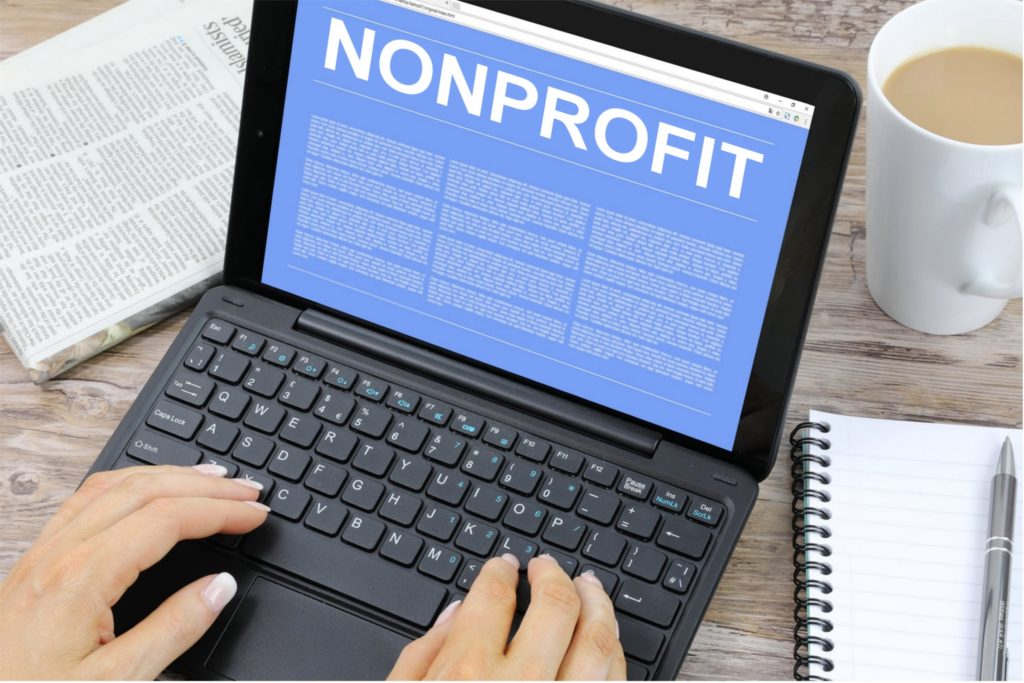Most of the big internet companies, such as Facebook, Google, or Twitter, generate their revenue from targeted advertising. To offer advertisers with advanced targeting capabilities, these companies collect large amounts of user data to build elaborate profiles. Based on these profiles an advertiser can then choose to target only, say, female Facebook users living in Norte de Santander who are aged 18-24, who used to live in Venezuela, and who have access to an iOS device. To help advertisers in planning their advertising campaigns and the related budget needs, the advertising platforms provide so-called audience estimates on how many of their users match the provided targeting criteria. In the example above, Facebook estimates that there are 1,800 matching monthly active users (as of Mid-December 2021). In this talk, I’ll describe how, in close collaboration with different UN agencies, we’re tapping into these audience estimates to (i) monitor international migration, (ii) track digital gender gaps, and (iii) map wealth inequalities. We consistently find that, despite fake profiles, and noise in the inference algorithms, data derived from the advertising platforms can provide valuable information that is complementary to other data sources. So data collected for the explicit purpose of selling advertisements and profit maximization can be repurposed for social good. At the same time, our work shows the risk of identifying vulnerable groups, rather than individuals, which is often not adequately considered in discussions focused on individual privacy. Furthermore, it raises questions on what the relationship between internet giants and statistical offices should be.


